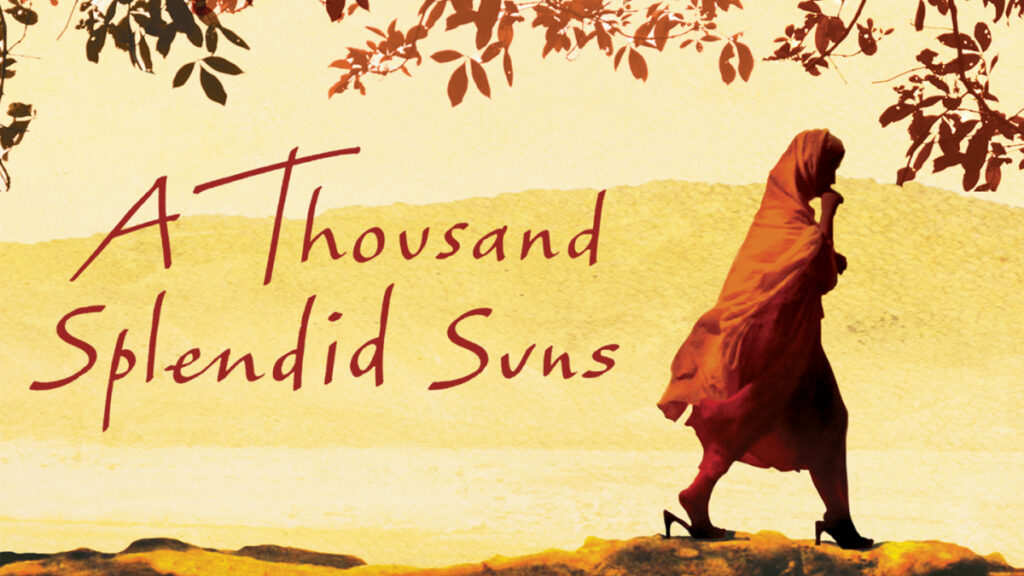Imagine you are presented with two pills: a blue pill to maintain the status quo, and a red pill to unveil the truth of life. Which would you choose?
In the movie “The Matrix”, the protagonist Neo faces a similar choice from his boss, and he picks the red pill. The journey that follows reveals the shackles that bind him to a simulated reality— a portrayal akin to the human experience.
We all seem to be controlled by an unseen “matrix”, unable to escape the frustrations and anguishes of life. No one wishes to be restrained, yet, how does one attain liberation? Perhaps the story of “Siddhartha” by the German author Hermann Hesse, could provide some insights. Crafted through a lifetime of exploration and hardships, this Nobel laureate work has been revered as a “more effective remedy than the New Testament.”
The narrative unfolds Siddhartha’s quest for freedom, as he renounces his noble birthright, indulges in worldly pleasures, savors life’s bitterness, and eventually finds enlightenment through agony, thus achieving self-redemption. Together, let’s delve into the wisdom of “Siddhartha” to heal ourselves, seeking answers from the pages and understanding the essence of life.
1. Break Free from Societal Conformity
Born into India’s prestigious Brahmin class, Siddhartha was exceptionally bright, mastering India’s highest knowledge by age twelve. Amid praises and envy, he grew into a handsome young man, yet happiness eluded him. A restless urge haunted his heart. His dreams, filled with rivers and stars, detached him from the reality of his noble existence.
Rejecting the comfort and teachings from his elders, Siddhartha yearned for spiritual fulfillment. He decided to renounce worldly life, seeking approval from his father through a night-long silent protest. Alongside his friend Govinda, Siddhartha embarked on a spiritual journey. Amidst harsh living conditions in the woods, he practiced asceticism, meditated, controlled his heartbeats, and suppressed his desires.
Through three years of begging and learning from old shamans, Siddhartha surpassed his mentors. However, he realized that he was merely evading and numbing himself, far from true enlightenment. The need for breaking free from conventional restraints pushed Siddhartha to question, discover, and transcend beyond societal confinements, relentlessly reflecting and evolving to elevate his soul.
2. Seek The Truth, Challenge The Authority
Lost and restless, Siddhartha heard about Buddha Shakyamuni’s teachings and sought to learn from him. Although impressed by Buddha’s wisdom, Siddhartha didn’t instantly follow but instead engaged in a profound discussion. He admired Buddha’s clarity yet pointed out minor flaws in his teachings. Through deeper exchanges, Siddhartha realized that while knowledge can be taught, wisdom must be personally experienced. He discovered that the truth existed in everything and everyone, yet liberation couldn’t be achieved through doctrines alone.
Determined to learn from life itself, Siddhartha ventured into the worldly domain. His path led him to experience love, wealth, and despair, ultimately breaking his illusions and leading him towards self-realization.
Author Shuimu Ran mentioned, “Life is a dojo, cross it, and you attain enlightenment; fail, and it remains your ceiling.” Siddhartha was fortunate to encounter Buddha, which broadened his understanding, but he chose to challenge the norms and dive deep into life’s experiences. By traversing through pain and indulgence, Siddhartha saw through life’s veils, found his awakening, and transcended beyond earthly shackles.
3. Sharpening the Soul: Elevating the Heart and Grounding the Actions
Once weary, Siddhartha lay under a tree, soon drifting into slumber. After what seemed an eternity, he awoke, feeling rejuvenated. He stared at the river before him, marveling at its clear, green waters, and its everlasting freshness.
He encountered his old ferryman, Vasudeva, and followed him across the river, sharing his past and confusions. Vasudeva advised, “You can learn from this river, strive downwards, immerse yourself, and explore its depths.” Siddhartha let go of his former bearings and earnestly began learning. He learned to ferry, worked in fields, collected firewood, picked bananas, and wove bamboo baskets. In his free time, he relished listening to the sound of flowing water undistracted.
However, this tranquility was soon disrupted by Kamala. Kamala had borne Siddhartha’s child after he left and had since devoted herself to spirituality and Buddhism. Hearing about Buddha’s ill health, she, along with her child, went to pay homage and unexpectedly met Siddhartha. While engrossed in conversation, a venomous snake emerged from the forest, biting Kamala. She succumbed to the venom and entrusted her child to Siddhartha. Siddhartha with child by his side, returned to his ferrying life. But the pampered child struggled with such frugality and hard work. Frequent quarrels ensued, and after a heated argument, the child disappeared. Desperate, Siddhartha searched tirelessly to no avail. He sadly realized the resemblance between the child’s actions and his own younger self—was this not life’s cycle and retribution? Distraught, he sought redemption from the river. The flowing waters taught him to listen quietly, observe, and understand the myriad types of people crossing the river. He perceived their desires, pursuits, joys, and pains, feeling their goodness and evil, their various emotions… When troubled, he heard mockery from the river; in tranquility, he found harmony, unity, and fulfillment. Siddhartha eventually understood that the root of all problems lay within. He ceased battling fate, declaring, “My sole duty is to love this world. Not to scorn it, nor despise myself, but to embrace love, and observe everything and myself with wonder and reverence.” The chaotic Siddhartha finally reconciled with himself, cultivating softness and expansiveness. He transitioned from arrogance to experiencing life’s ups and downs, tasting worldly joys and sorrows, transforming himself and embracing life wholeheartedly.
With elevation in understanding yet grounding in actions, Siddhartha attained advanced wisdom. With a transcendent heart, he engaged worldly matters, leading a resilient life full of insights and practical experiences.
In Conclusion
A thousand eyes see a thousand Hamlets; a thousand hearts interpret a thousand Siddharthas.
Did you admire his youthful disdain for riches, understand his bold rebellion against authority in young adulthood, or revere his mature transcendence and spiritual elevation in middle age?
I appreciate his lifelong perseverance and unwavering self amid the worldly tides.
May you become such a Siddhartha, growing courage amidst mundanity, elevating your understanding through trials, and solidifying your core. Elevate your dimensions, live in the present, don’t get swept away by life’s tumults, nor sink in mire. Shedding the superficial, discern the truth, embrace tranquility, and awaken to fulfillment and completeness.


